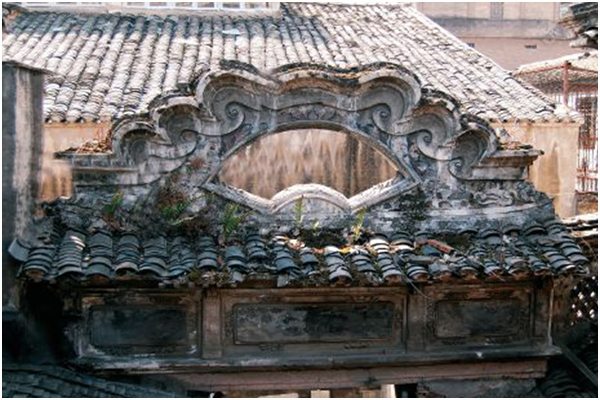Historical and Cultural Block of Chengxi Street in Lucheng District
Source:Wenzhou News
|
Author:system
|
Publish time:2018-04-19
|
1176 Views:
|
Share:
The historical and cultural block of Chengxi Street in Lucheng District is the main block of middle and west residence in this ancient city's layout.
The historical and cultural block of Chengxi Street in Lucheng District is the main block of middle and west residence in this ancient city's layout. It covers a area of total 19.69 hectare land ranging from Feipeng Alley, Guangchang Road in the south to Sanguandian Alley in the north, extending east to Fuqian Street in Beiyan. There is a key reserve area in this block, which starts from Canghe Alley, Daosu Alley, Shouzhoutou Alley, Cangqiao Street, Jurentan and Sanguanxian Alley in the north to eastern alley in Municipal Sanitation Department in the west and borders Chengxi Street, Guangchang Road in the south, and east to food market in Daoqian Bridge, Cangqiao Backalley. 
Chengxi Street got its name with its geographical location in the west of ancient city. In the Qing Dynasty (1636-1911), Chengxi Street was paved by stones and blue bricks with Cang Bridge, Feipeng Bridge, Jiahuili Bridge, Jinzao Stone Bridge going across it. Small bridges over flowing streams made up a picturesque scenery called “Nine Mountains & Eighteen Streams ”. The most of folk houses in Chengxi Street are two-storey small buildings, which were built in the Republic of China era. Historically, this was such a street with rows of shops downstairs selling furniture and becoming a centralized business market for new and old furniture in southern Zhejiang. The layout of streets and lanes within the district is basically preserved completely and the architectural style remains well. There are a lot of Chinese-western conglomeration buildings affected by foreign culture such as Chengxi Christian Church, Former residence of Xia Nai and so on in this block.